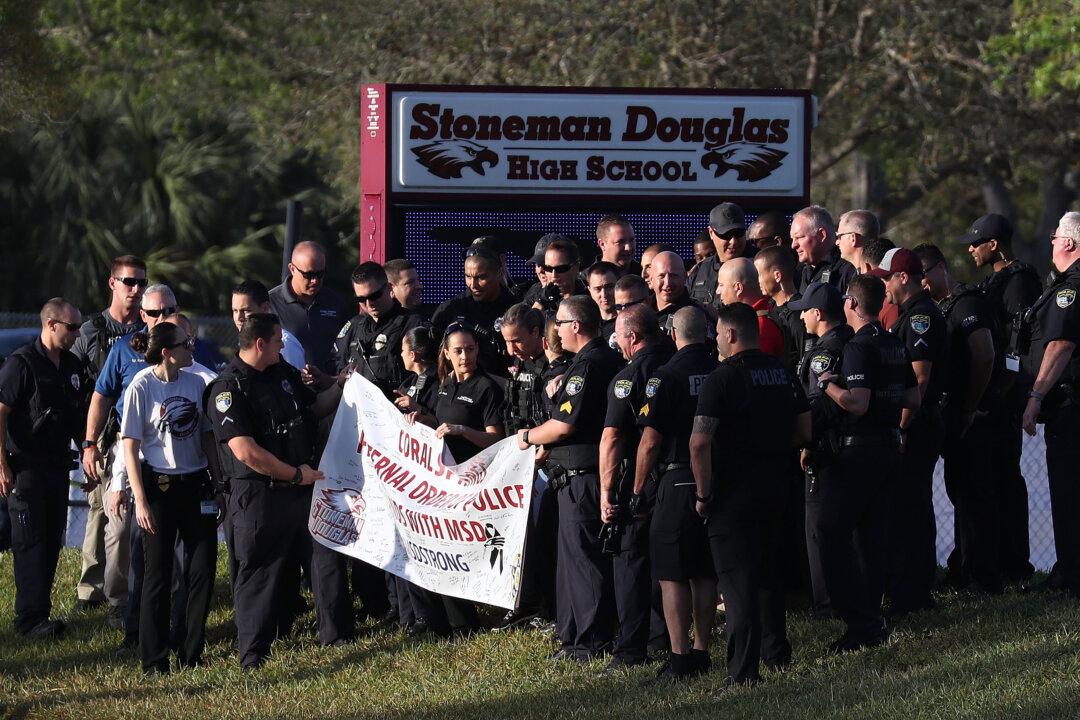The world is watching America’s response to the ongoing school violence crisis.
There are challenges, controversies, and confusions, but there are also remedies, countermeasures, and prevention principles.

The world is watching America’s response to the ongoing school violence crisis.
There are challenges, controversies, and confusions, but there are also remedies, countermeasures, and prevention principles.